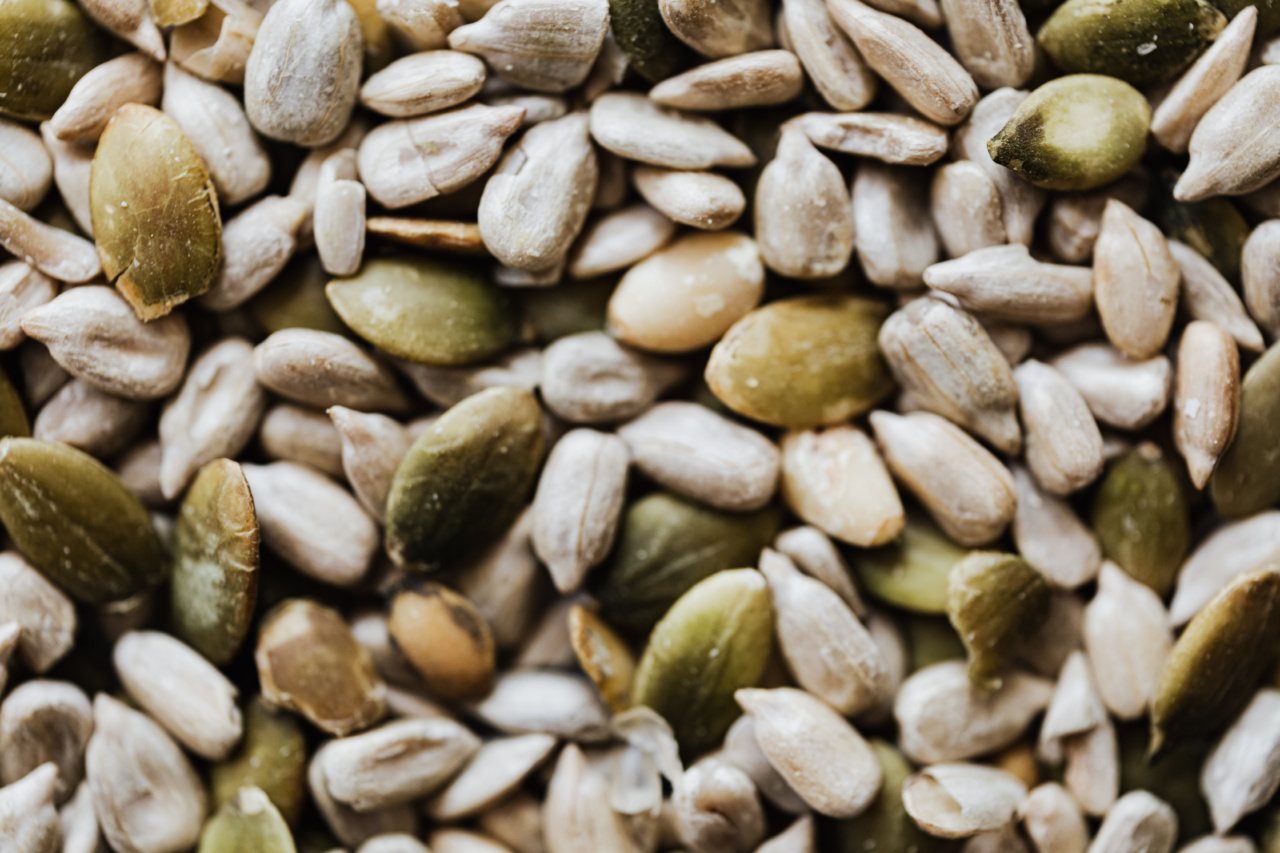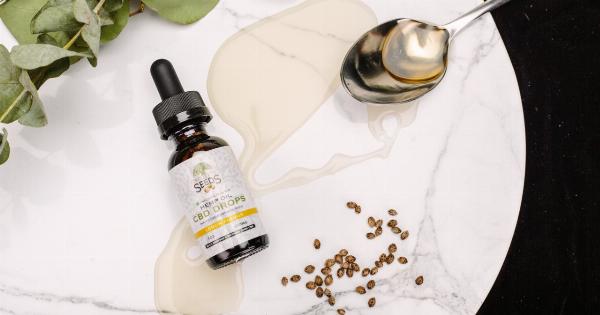Acne is a common skin condition that affects millions of individuals worldwide. It is characterized by the presence of pimples, blackheads, and whiteheads on the face, chest, and back.
While there are various treatment options available, including over-the-counter creams and prescription medications, many individuals seek natural remedies for managing their acne. One such natural remedy that has gained attention is pumpkin seed oil. In this article, we will explore how pumpkin seed oil may help in managing acne and its potential benefits.
What is Pumpkin Seed Oil?
Pumpkin seed oil, as the name suggests, is oil extracted from pumpkin seeds through a cold-pressing process. It has been used for centuries in traditional medicine for its various health benefits.
Pumpkin seed oil is rich in nutrients such as vitamins A, E, and K, as well as essential fatty acids, antioxidants, and minerals.
The Link between Pumpkin Seed Oil and Acne
While research on the specific effects of pumpkin seed oil on acne is limited, its nutritional composition suggests potential benefits for managing this skin condition.
1. Rich in Zinc
Zinc is an essential mineral that plays a crucial role in maintaining skin health. It helps regulate sebum production, reduces inflammation, and supports the healing and repair of damaged skin cells.
Pumpkin seed oil is a natural source of zinc, making it a possible contender for acne management.
2. Antioxidant Properties
Pumpkin seed oil contains a high concentration of antioxidants, including vitamin E. Antioxidants help protect the skin from free radical damage, which can contribute to acne formation.
By neutralizing free radicals, pumpkin seed oil may help reduce inflammation and promote a clearer complexion.
3. Omega-3 Fatty Acids
Omega-3 fatty acids have been shown to have anti-inflammatory effects on the body. Inflammation plays a significant role in acne development, making the inclusion of omega-3 fatty acids beneficial.
Pumpkin seed oil is a source of these essential fatty acids, which may help manage acne by reducing inflammation and redness.
4. Hormonal Balance
Hormonal imbalances, particularly an increase in androgen levels, can contribute to the development of acne. Pumpkin seed oil contains phytosterols, which have been found to help regulate hormone levels in the body.
By balancing hormones, pumpkin seed oil may have a positive impact on acne management.
5. Moisturizing Properties
Dry skin can aggravate acne, leading to increased sebum production and clogged pores. Pumpkin seed oil is rich in essential fatty acids, which help maintain the skin’s moisture barrier.
By moisturizing the skin, pumpkin seed oil may prevent excessive sebum production and reduce the risk of acne breakouts.
How to Use Pumpkin Seed Oil for Acne
While pumpkin seed oil shows promise in managing acne, it is essential to use it correctly for optimal results.
1. Patch Test
Before applying pumpkin seed oil to the face or affected area, it is crucial to perform a patch test. Apply a small amount of diluted pumpkin seed oil to a small area of skin and wait for 24-48 hours.
If no adverse reactions occur, it is generally safe to use.
2. Dilute with Carrier Oil
Pure pumpkin seed oil may be too strong for direct application. It is recommended to dilute it with a carrier oil, such as jojoba oil or coconut oil, before applying it to the skin.
3. Cleanse Your Skin
Before applying pumpkin seed oil, ensure that your skin is clean and free from any makeup or impurities. This will allow the oil to penetrate the skin more effectively.
4. Apply Sparingly
A little goes a long way when it comes to using pumpkin seed oil for acne. Apply a small amount of the diluted oil to the affected area and gently massage it into the skin until fully absorbed.
5. Regular Use
Consistency is key when using natural remedies for acne. Incorporate pumpkin seed oil into your skincare routine by using it regularly, preferably once or twice a day, to see potential benefits over time.
Conclusion
Pumpkin seed oil possesses several potential benefits for managing acne. From its zinc content to its antioxidant properties and hormonal balancing effects, it may offer a natural alternative for individuals struggling with this skin condition.
However, it is important to remember that everyone’s skin is unique, and what works for one person may not work for another. If you have severe acne or are unsure about using pumpkin seed oil, it is recommended to consult with a dermatologist for personalized advice.






























